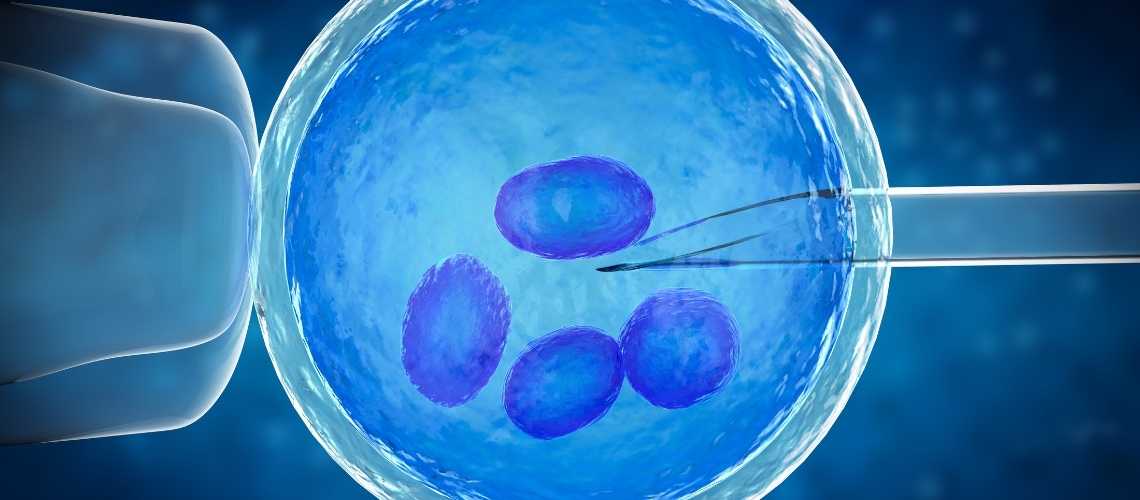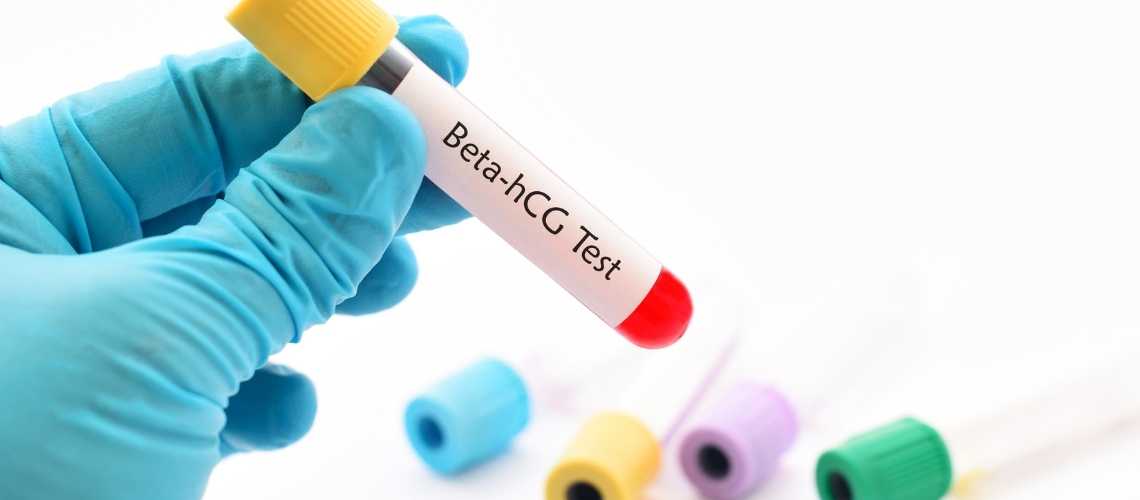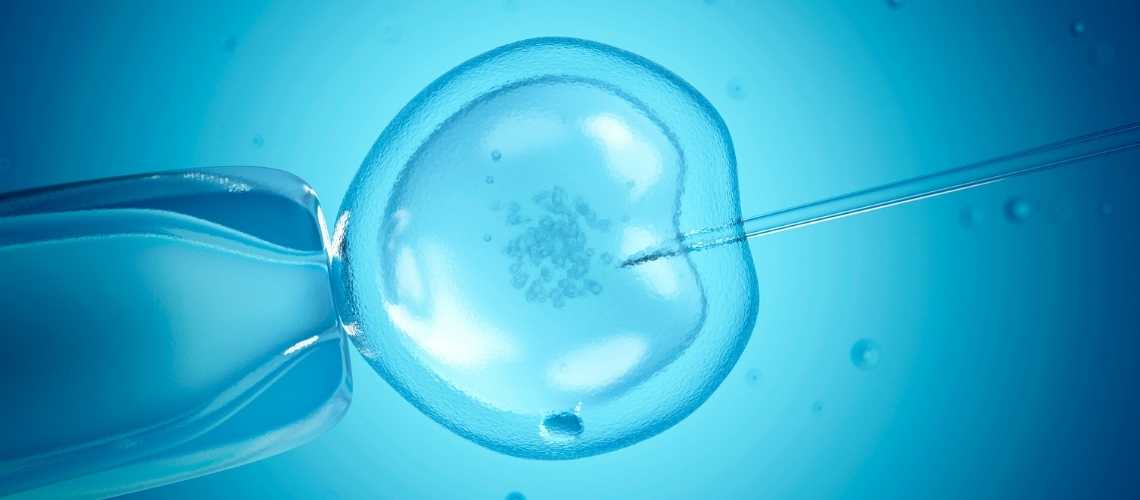GnRH, or gonadotropin-releasing hormone, is a key hormone regulating reproductive function. In IVF, synthetic GnRH analogues are used to control the release of FSH and LH, preventing premature ovulation and ensuring optimal timing for egg retrieval.
During IVF treatment, GnRH agonists or antagonists are administered to suppress natural hormonal surges. This regulation allows doctors to synchronize ovarian stimulation, thereby improving egg quality and ensuring multiple follicles mature simultaneously.
GnRH plays a vital role in optimizing ovarian stimulation by allowing precise control of hormonal cycles. This ensures that eggs are retrieved at the ideal stage of development, directly contributing to improved fertilization and embryo quality.
The choice between GnRH agonists and antagonists depends on the patient’s health profile and treatment plan. Both protocols aim to maximize ovarian response while minimizing risks such as premature ovulation or ovarian hyperstimulation syndrome (OHSS).
What is the GnRH antagonist?
In Assisted Reproductive Technologies (ART), the development of GnRH antagonists (GnRH-ant) to inhibit LH surge appeared to pave the way for a more “friendly” IVF. GnRH antagonists prevent the first excitatory phase of agonists by immediately suppressing pituitary gonadotropin through GnRH-receptor competition. The pituitary-gonadal axis recovers quickly and predictably after GnRH antagonist treatment is stopped. (2)
What is the aim of GnRH antagonists for IVF?
GnRH antagonists are used in IVF to prevent an early LH release that might cause premature luteinization, follicle maturation to stop, and oocyte maturation to mismatch. Although the use of GnRH antagonists in IVF has its disadvantages, the advantages outweigh.
Daily volume control is still possible with GnRH antagonist protocols, and there is still sufficient flexibility regarding timeframes. However, this can be improved by utilizing the oral contraceptive pill (OCP). (3)
What is GnRH agonist?
In GnRH antagonist cycles, the GnRH agonist is employed to initiate eventual oocyte maturation. GnRH agonist induces an LH surge that is not identical to that occurring in the natural cycle, especially regarding its duration. (4)
HCG replacement with a GnRH agonist in high-risk IVF patients may lessen the possibility that they would experience ovarian hyperstimulation syndrome (OHSS). On the other hand, a reduced probability of pregnancy is linked to replacing human chorionic gonadotropin (HCG) with a GnRH agonist to trigger final oocyte maturation. (5)
GnRH agonists are more powerful and have a longer half-life than native GnRH. They cause the pituitary gonadotropes to release follicle-stimulating hormone (FSH), luteinizing hormone (LH), and other gonadal hormones as the initial stimulation for the anticipated gonadal response. The pituitary-gonadal axis is downregulated and inhibited as a result of this reaction. (6)
What is the aim of GnRH agonists for IVF?
In reproductive technologies, GnRH agonists are used in a wide range of treatment options. Their start and persistence vary, particularly in intracytoplasmic sperm injection (ICSI) and in vitro fertilization (IVF) with ovarian hyperstimulation.
One of the key advantages of the long protocol of GnRH agonist administration for IVF is that initiation of exogenous gonadotropins can be delayed after pituitary desensitization to prevent ovum pickup (OPU), without any detrimental effects on IVF results. (7)
For higher clinical pregnancy rate (CPR) GnRH agonists are a great solution to add to IVF/ICSI’s controlled ovarian hyperstimulation (COS) protocols to prevent premature luteinizing hormone (LH) surge when follicles are still immature.
How do GnRH Agonists and Antagonists differ in IVF?
Initially, GnRH agonists mimic the body’s natural hormone, leading to a brief surge in sex hormone production by the pituitary gland. This increase, while essential, poses challenges in IVF due to its potential to disrupt the carefully timed fertility protocols. Consequently, with continuous application, the pituitary gland’s response diminishes. This results in lower hormone levels, effectively preventing ovulation. On the contrary, GnRH antagonists take a more direct approach. By blocking the pituitary’s GnRH receptors from the outset, they halt sex hormone production and ovulation without the initial surge.
Differences in action:
- Agonists: stimulate then reduce hormone levels.
- Antagonists: block hormone production immediately.
This immediate effect of antagonists offers an advantage in avoiding the initial hormone surge, though it may impact follicular development differently than agonists. The decision to use GnRH agonists or antagonists hinges on individual patient factors and the specific objectives of the IVF treatment. Thus, healthcare professionals carefully weigh these aspects to tailor the most appropriate approach for each patient.
Resources:
1,6,7- Kumar, P., & Sharma, A. (2014). Gonadotropin-releasing hormone analogs: Understanding advantages and limitations. Journal of human reproductive sciences, 7(3), 170.
2- Depalo, R., Jayakrishan, K., Garruti, G., Totaro, I., Panzarino, M., Giorgino, F., & Selvaggi, L. E. (2012). GnRH agonist versus GnRH antagonist in in vitro fertilization and embryo transfer (IVF/ET). Reproductive biology and endocrinology, 10, 1-8.
3,4,5- Tarlatzis, B. C., Fauser, B. C., Kolibianakis, E. M., Diedrich, K., Devroey, P., & Brussels GnRH Antagonist Consensus Workshop Group. (2006). GnRH antagonists in ovarian stimulation for IVF. Human reproduction update, 12(4), 333-340.








